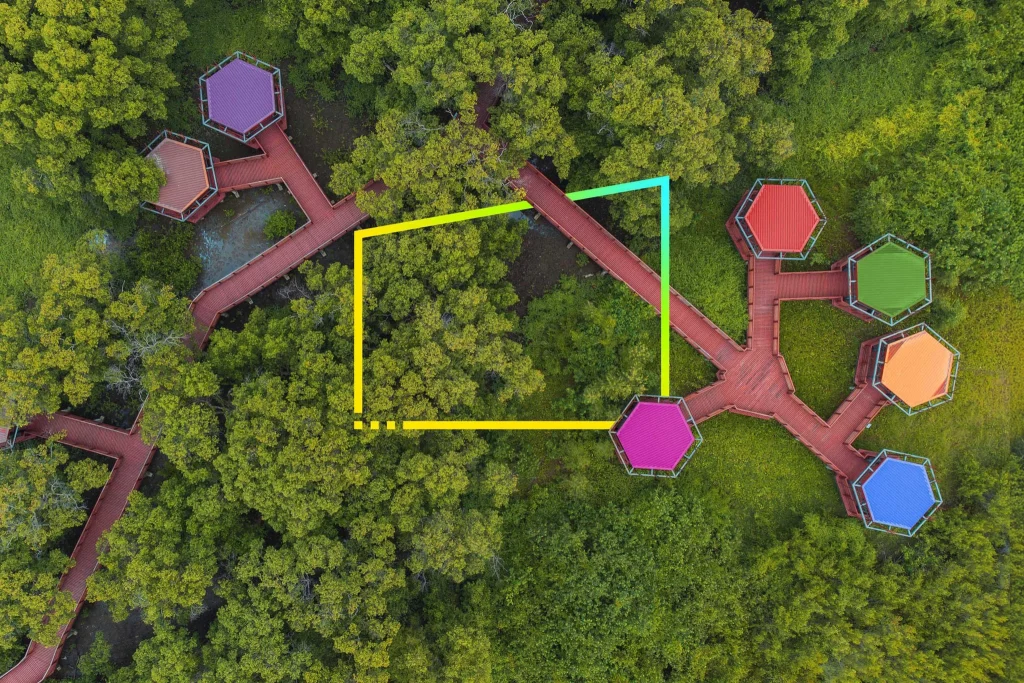Social media has become a crucial tool for delivering real-time weather updates, keeping people informed and prepared for extreme climate events. From hurricanes and wildfires to flash floods and heat waves, platforms like Twitter X, Facebook, and TikTok provide instant alerts that help communities respond quickly. By spreading awareness and fostering proactive preparedness, social media is shaping how individuals and governments tackle climate-related disasters. The speed at which information spreads on social media makes it a vital resource during severe weather events. Official agencies like the National Weather Service, local emergency responders, and meteorologists use these platforms to provide immediate updates on storm paths, evacuation orders, and safety tips. Citizens also contribute by sharing real-time footage and eyewitness reports, helping others understand the severity of an event as it unfolds. Similarly, during California wildfires, residents share live updates about fire locations and evacuation routes, offering crucial information beyond what traditional news outlets can provide.

Encouraging Climate Preparedness
Beyond immediate crisis response, Social Media Trends plays a significant role in long-term climate preparedness. Weather experts and environmental organizations use these platforms to educate the public about climate resilience strategies, such as creating emergency kits, strengthening homes against storms, and understanding evacuation protocols. Viral posts on TikTok and Instagram often break down preparedness tips in engaging, easy-to-digest formats, making them accessible to a broader audience. Additionally, interactive tools like Facebook’s Crisis Response and Google’s SOS Alerts help users find shelter locations, emergency contacts, and live weather updates during disasters. These digital innovations ensure that people have the resources they need to stay safe and respond effectively. Social media also fosters a culture of climate awareness by connecting communities worldwide. Hash tags like Extreme Weather and Climate Preparedness allow users to follow global weather trends, learn from others’ experiences, and advocate for stronger climate policies.
Challenges and Misinformation
Despite its benefits, social media also presents challenges. False or exaggerated weather reports can spread quickly, causing unnecessary panic or leading to dangerous misinformation. This collective engagement encourages individuals to take climate change seriously and adopt more sustainable practices in their daily lives. To combat this, reliable meteorologists and fact-checking organizations work to correct misleading posts and provide scientifically accurate updates. Real-time weather updates on social media are revolutionizing climate preparedness. By providing instant alerts, educating the public and fostering community engagement, these platforms empower individuals to take proactive steps in the face of extreme weather. However, users must remain vigilant about misinformation and rely on credible sources to ensure they receive accurate and timely information.
